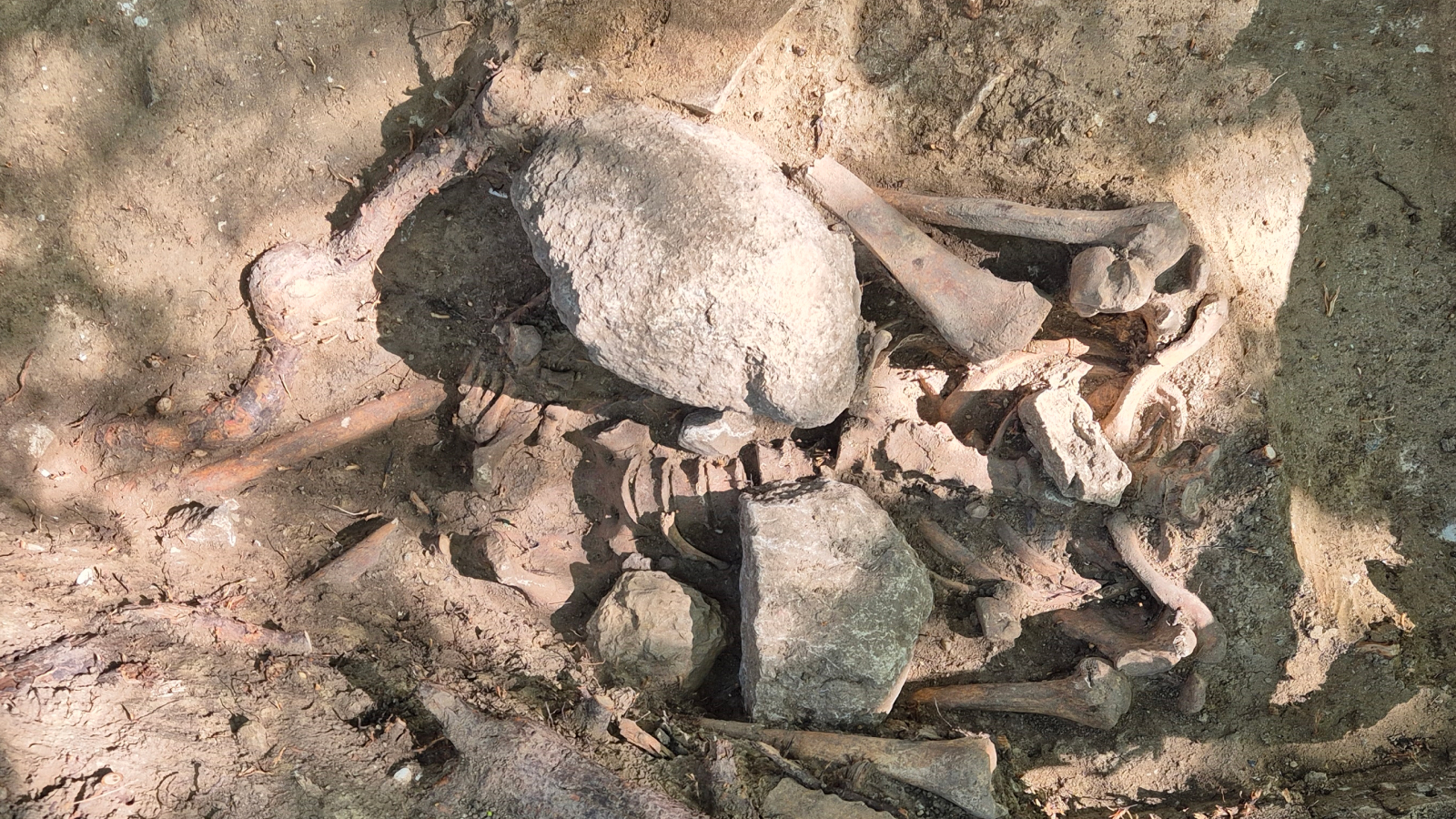Processes, Vol. 11, Pages 557: Oil Onshore Pipeline Quantitative Risk Assessment under Fire and Explosion Scenarios
Processes doi: 10.3390/pr11020557
Authors: Álvaro Hernández-Báez Esperanza Susana Torres Rafael Amaya-Gómez Diego Pradilla
Pipeline is one of the safest and most cost-effective means of transportation for hydrocarbons. However, hydrocarbon releases and the subsequent fires and explosions, are presented as persistent events. Quantitative Risk Assessment (QRA) enables one to address the risk and to prevent these events. In this regard, different approaches have been proposed for pipelines, but few studies are focused on oil transportation. This paper presents a methodology for performing QRA for onshore oil pipelines, which is based on the calculation of individual and societal risk indicators. This methodology is illustrated using an authentic case study of a segment of 17.53 km of the length of an onshore oil pipeline located in the southwest of Colombia, considering jet and pool fire scenarios. The results show that the Individual Risk Per Annum (IRPA) for operation (and maintenance) and administrative workers are 6.14 × 10−4 and 8.52 × 10−5 yr−1, respectively. The IRPA for people close to the pipeline is between 2.31 × 10−4 and 2.60 × 10−4 yr−1. The IRPA for workers is tolerable, while for people may be classified as unacceptable. The societal risk was represented using the F–N curve, indicating that risk is unacceptable and nearby populations could be relocated.

 1 year ago
45
1 year ago
45


